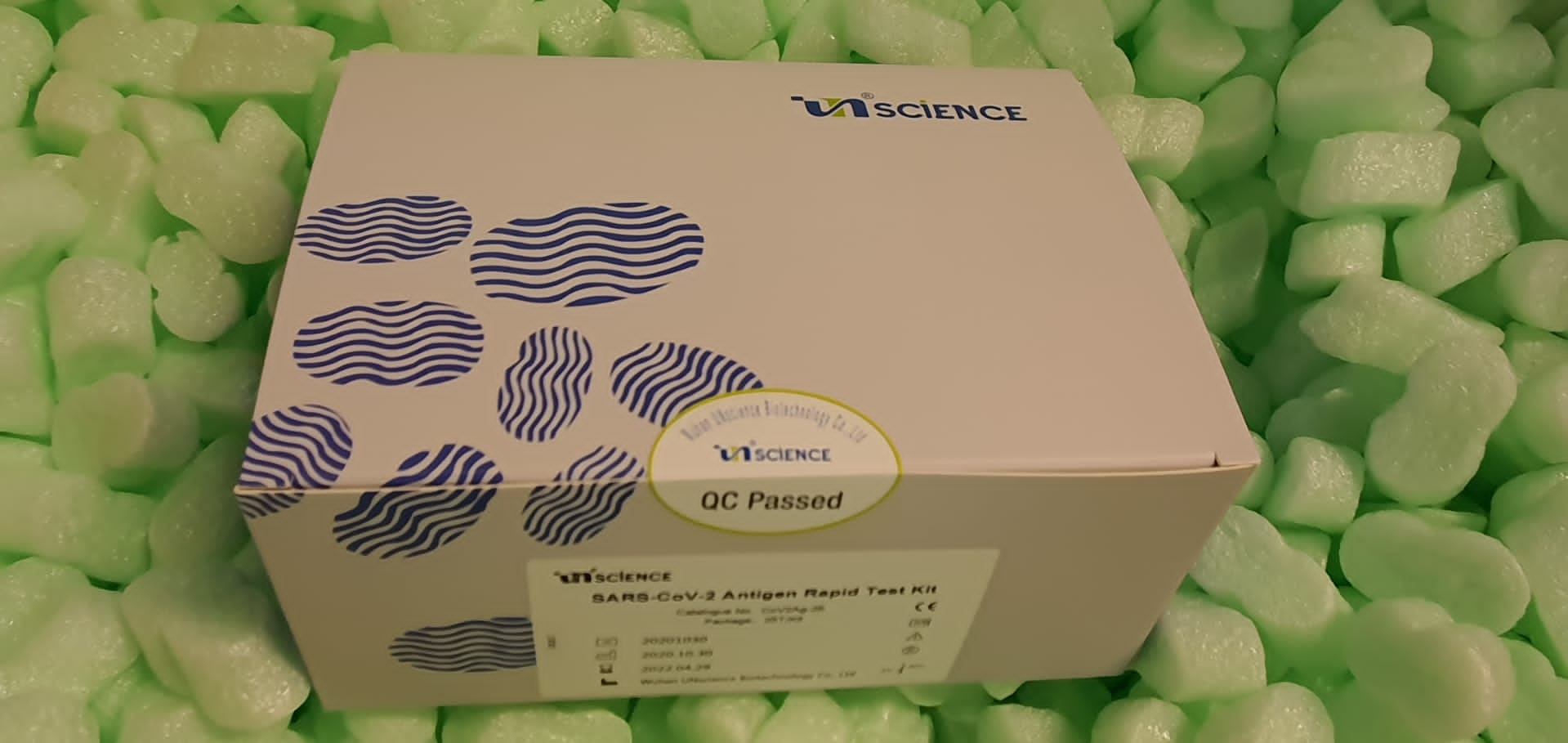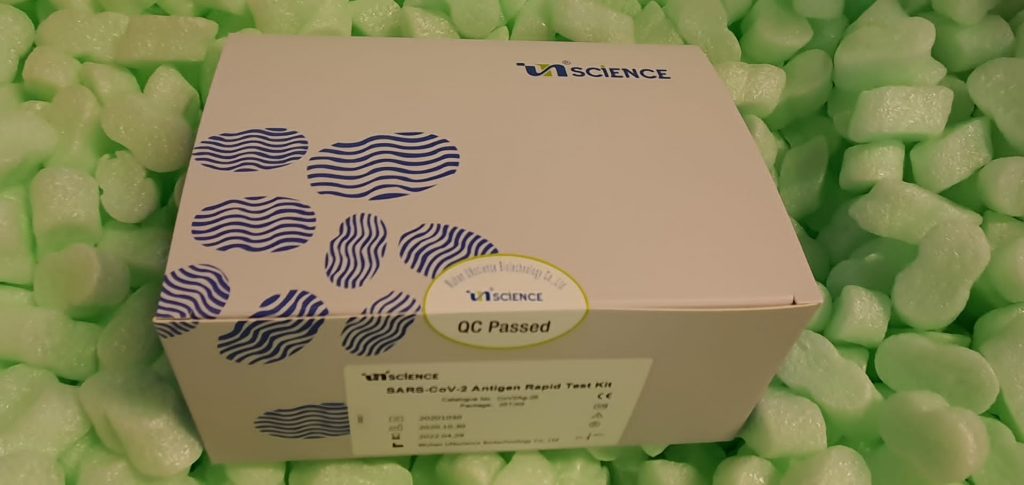Insulinoma-associated protein 1 (INSM1) and orthopedia homeobox (OTP) are transcription elements that play a essential position in neuroendocrine (NE) and neuroepithelial cell improvement. INSM1 has been recognized in a number of tumors of NE or neuroepithelial origin, whereas OTP expression has been primarily studied in NE tumors of pulmonary origin. Expression of OTP seems to correlate with poorer prognosis in pulmonary carcinoids; nevertheless, its expression patterns in different NE/neuroepithelial tumors want additional investigation.
Here, we assessed the diagnostic utility of INSM1 and OTP in tumors with NE differentiation at comparatively unusual websites together with prostate, breast, and tumors of gynecologic origin. Thirty-two formalin-fixed, paraffin-embedded circumstances have been used to assemble a tissue microarray. Immunohistochemistry for INSM1 and OTP was carried out and scored semi-quantitatively. INSM1 was diffusely expressed in 60% of gynecologic tumors, 71.4% of mammary carcinoma, and 25% of prostate adenocarcinoma with NE differentiation. Diffuse expression of OTP was detected in 50% of prostate adenocarcinoma with NE differentiation and 100% neuroendocrine carcinoma of the ovary.
Immunostain for achaete-scute homolog 1, chromogranin, synaptophysin, and CD56 supported the NE and/or neuroepithelial differentiation of the tumors. In abstract, INSM1 is expressed in most of the tumors with NE and neuroepithelial differentiation in this research, confirming the diagnostic utility of INSM1 as a novel and delicate marker of NE/neuroepithelial differentiation. The expression of OTP in some NE tumors outdoors of lung expands the spectrum of tumors that will specific this biomarker and ought to be thought of when working up a NE tumor of unknown major website.
Clinical and Pathologic Characteristics of Pulmonary Carcinoid Tumors in Central and Peripheral Locations.
Pulmonary carcinoid tumors happen in each central and peripheral areas, and some variations in clinico-pathological options have lengthy been noticed. We investigated a big quantity of resected carcinoid tumors with the intention to additional outline the traits of tumors from each areas. One hundred sixty-six resected carcinoid tumors of the lung have been analyzed for a range of medical and pathologic options, together with histology subtype, mitotic charge, Ki67 index, necrosis, invasive sample, architectural sample, cell morphology, sustentacular cells, neuroendocrine hyperplasia, and orthopedia homeobox protein (OTP) and TTF-1 immunohistochemical expressions.
Unsupervised hierarchical cluster evaluation recommended three clusters as the perfect resolution utilizing TTF-1 and OTP expression: TTF-1-positive and OTP-positive tumors as cluster 1, TTF-1-positive however OTP-negative as cluster 2, and TTF-1-negative and OTP-negative as cluster 3. Cluster 1 was characterised by peripheral location, presence of spindle cell element, presence of sustentacular cells, feminine predominance, and robust affiliation with neuroendocrine hyperplasia. Cluster 2 was characterised by central location, polygonal cell morphology, acinar progress sample in a subset of tumors, and solely uncommon affiliation with neuroendocrine hyperplasia.
Cluster Three consisted of extra aggressive tumors with extra heterogeneous pathologic options. Tumors confirmed polygonal cell morphology and acinar progress sample. Occurrence of neuroendocrine hyperplasia was distinctive. Our research confirmed distinct traits of central and peripheral sort carcinoid. An essential distinction was a robust affiliation of the peripheral tumor with neuroendocrine hyperplasia whereas such an affiliation in central tumors was negligible. The tumor location is likely to be related for pathobiology of lung carcinoid tumors.
The vitamin D historical past began early in the evolution of life (billion years in the past) as a photochemical response producing an inert molecule. During the early evolution of vertebrates, this molecule turned important for calcium and bone homeostasis of terrestrial animals and arrived to the standing of hormone. Phytoplankton, zooplankton, and most crops and animals which can be uncovered to daylight have the capability to make vitamin D. Vitamin D is critically essential for the event, progress, and upkeep of a wholesome skeleton from delivery till demise.
The main operate of vitamin D is to take care of calcium homeostasis. It accomplishes this by growing the effectivity of the gut to soak up dietary calcium. When there’s insufficient calcium in the food plan to fulfill the physique’s calcium requirement, vitamin D communicates to the osteoblasts that sign osteoclast precursors to mature and dissolve the calcium saved in the bone. The typical “vitamin D-deficiency” dysfunction was noticed for rising youngsters in the west and south of England in the early 1600s. This illness was described by Glisson and named “rickets” (recognized additionally as “the English illness”) and was noticed with epidemic proportions in northern Europe and North America. The corrections of deformities of rickets have been at the origin of the title “orthopedia” and of the approach of osteotomies.

Vitamin D: half I; from plankton and calcified skeletons (500 million years in the past) to rickets.
The vitamin D historical past began early in the evolution of life (billion years in the past) as a photochemical response producing an inert molecule. During the early evolution of vertebrates, this molecule turned important for calcium and bone homeostasis of terrestrial animals and arrived to the standing of hormone. Phytoplankton, zooplankton, and most crops and animals which can be uncovered to daylight have the capability to make vitamin D. Vitamin D is critically essential for the event, progress, and upkeep of a wholesome skeleton from delivery till demise.
[Linking template=”default” type=”products” search=”Drosophila melanogaster Homeobox protein orthopedia -E. coli” header=”1″ limit=”144″ start=”2″ showCatalogNumber=”true” showSize=”true” showSupplier=”true” showPrice=”true” showDescription=”true” showAdditionalInformation=”true” showImage=”true” showSchemaMarkup=”true” imageWidth=”” imageHeight=””]
The main operate of vitamin D is to take care of calcium homeostasis. It accomplishes this by growing the effectivity of the gut to soak up dietary calcium. When there’s insufficient calcium in the food plan to fulfill the physique’s calcium requirement, vitamin D communicates to the osteoblasts that sign osteoclast precursors to mature and dissolve the calcium saved in the bone. The typical “vitamin D-deficiency” dysfunction was noticed for rising youngsters in the west and south of England in the early 1600s. This illness was described by Glisson and named “rickets” (recognized additionally as “the English illness”) and was noticed with epidemic proportions in northern Europe and North America. The corrections of deformities of rickets have been at the origin of the title “orthopedia” and of the approach of osteotomies.

